Medically Reviewed By Dr. Jessica Burgy
What is microneedling, and who can benefit from it?
This comprehensive guide provides everything you need to safely and effectively perform microneedling in your own home. Whether you're a beginner or someone who is looking to optimize their routine.
Dr. Abby Waldman, a Harvard dermatologist working at Brigham and Women's hosipital. She's the Director, Mohs and Dermatologic Surgery Center shares her expert tips for microneedling at home.
Microneedling is a minimally invasive cosmetic procedure that creates thousands of tiny punctures in the skin's surface using fine needles. These micro-injuries stimulate the body's natural wound healing process, increasing collagen and elastin production.
Home microneedling tends to use shorter needles at 0.5mm or under for safety reasons but can still provide visible results.
Benefits for Acne Scars, Hyperpigmentation, and Aging Skin
Microneedling stimulates collagen production and skin regeneration. This process smooths acne scars, minimizes pores, and improves overall skin texture.
Does it work for wrinkles? Yes. The process of microneedling stimulates collagen which will smooth out wrinkles and texture. Applying skincare products right after microneedling also enhances the absorption of preventative aging skincare which can improve skin elasticity and reduce wrinkles.
Microneedling can help reduce:
- acne scars
- hyperpigmentation
- melasma
- hair loss (alopecia)
- wrinkles
- enlarged pores
- >stretch marks
How does microneedling work?
Microneedling creates micro-injuries in the skin's epidermis, signaling the body to repair itself by producing new collagen and skin cells. It also allows skincare products to penetrate more effectively.
Choosing the Best At-Home Microneedling Device
There are 2 main types of microneedling devices:
- rollers (dermarollers)
- pen/stamping devices
Dermaroller or dermal stamper? Which is safer? Pens or stamping devices, like the Banisher 3.0, are recommended because they offer better control and are less likely to tear the skin or cause a side effect known as 'tram track' scarring.
What to look for:
- Finest tips and needles: Focus on one that has the finest tips and needles because research shows that thinner needles creates wounds that don't scar. Specifically: “Non-traumatic microneedles with a preferable tip radius of not more than 2–3 μm”
- Replaceable Heads: easier to keep your microneedles clean and sharp.
- Avoid Micro infusion devices which can spread bacteria: Look for a non-microinfusion device. These devices can trap dirt and bacteria in the device and spread it along the face, increasing risk of infection. Micro-infusion devices do not spread the serum evenly and need to be replaced after every use.
- Use a static, non powered microneedling tool: to reduce risk of further scarring, including tram-track scarring, choose a device that is static and isn't powered for at home use to reduce risk from user error if not trained.

Needle Length Guide: Finding the Right Size
- 0.5mm: Best for beginners, effective and safe, stimulates epidermis. Ideal for the face, scalp, and neck.
- 0.25mm: Good for under-eyes and lips (plumping).
- 1.0mm: For body hyperpigmentation, targeting deep ice pick scarring, stretch marks, hyperpigmentation.

Step-by-Step Microneedling at Home Tutorial
Pre-treatment skin prep
- Remove any makeup
- Thoroughly cleanse the skin
- Sanitize your microneedling device with isopropyl alcohol
Proper Technique and Application
- Always make sure that your skin and hands are clean and tool is sanitized with 70% rubbing alcohol.
- Stamp with even pressure on the areas you want to treat and clean and store your tool.
- Slightly overlap the area you stamp.
- Repeat use once every 2 weeks or up to once a week depending on the length of the needles in the tool.
Essential Post-Treatment Care
Post-treatment the best serum to use after microneedling are serums like vitamin C or hyaluronic acid to enhance results. Vitamin C can help build collagen and promote healing of acne scars. Peptides can also be used.
What to avoid:
- Retinoids
- AHA's
- Alcohol-based products
- Sun exposure to protect the skin as it heals.
Why Vitamin C is Ideal After Microneedling
- Boosts Collagen: L-Ascorbic Acid stimulates collagen production by supporting enzymes that stabilize and strengthen collagen.
- Protect Skin: It inhibits collagen-breaking enzymes (MMPs), preserving existing collagen.
- Enhance Results: Microneedling improves absorption, allowing the Vitamin C to work even better to reduce fine lines, improve texture, and brighten skin.
- Potent: As the most effective form of Vitamin C, L-Ascorbic Acid maximizes skin rejuvenation post-microneedling.
Recommended Serum: Banish Serum with Vitamin C, E, Ferulic Acid.
How often can microneedling be done?
- For acne scars using a 0.5mm depth: it can be done weekly if the skin has recovered.
- For general skin rejuvenation: once a month is sufficient.
The length of the microneedles will also determine how often you can get it done, longer needles will require longer waiting time between sessions.
Safety Precautions and When to Avoid Microneedling
Redness and pinpoint bleeding are normal but should subside within a day.
Proper cleaning and aftercare help prevent infections and complications.
Be cautious around sensitive areas like the eyelids and lips, as these are more prone to complications. Use smaller needle lengths like 0.25mm for around the eyes or lips.
Avoid microneedling if you have
- Active infection
- Rashes
Do not microneedle over active acne either since that can spread bacteria.
At-home microneedling with shorter needles is minimally painful. Areas like the upper lip may feel slightly tender, but numbing cream is generally unnecessary.
Professional vs. At-Home Microneedling: Pros and Cons
Professional microneedling:
- Longer needles
- Faster results
- More costly
- More downtime
Professional microneedling sessions can cost around $350 average per session in the U.S.
At-home treatments:
- Less invasive
- More affordable
- Less downtime
- More convenient
Home microneedling treatments can cost around $30 - $120 depending on the tool you use. Some may have a higher initial cost but offer replaceable heads which brings down the cost per session significantly.
Expert Q&A: Dermatologists Answer Your Microneedling Questions
Can microneedling be used for hair loss?
Yes, microneedling can improve hair loss by enhancing the absorption of treatments like minoxidil. Ensure the scalp is clean before treatment.
Do At Home Microneedling Devices Work?
Yes, home microneedling devices do work if you choose the right device and system.
Contrary to popular belief, a 0.5mm device produces more if not the same amount of collagen as compared to a 2mm dermaroller according to a journal in (Skin Cell Proliferation Stimulated by Microneedles).
There is also less risk of scar tissue with 0.5mm needles. Dunkin et al1 found that skin cuts to a depth of 0.5–0.6 mm close without any trace of scar tissue, while deeper cuts can heal with scar tissue.
Another journal 2 reported similar effects of electrical currents on cell motility and healing.
Can you tell us about your experience with microneedling?
Esthetician Lauren Lapaglia shares her experience with her skin and microneedling.
"I struggled with acne scars, picked skin, and an infection that spread across certain areas of my skin. After treating the infection, I was finally able to focus on the scarring, which I addressed through microneedling.
Microneedling was the best method for me to address acne scarring. It helped smooth out my skin and reduce the appearance of scars."
What should you expect after a microneedling session?
"Your skin will likely appear red and slightly irritated, which is normal." - from Matt Randon, esthetician.
Is 0.5mm effective for microneedling?
- Studies show that 0.5 millimeters is deep enough to stimulate the dermis for effective results.
- Needles shorter than this may not penetrate deep enough to stimulate collagen, while thicker needles can cause unnecessary damage which increase risk of scarring.
What Microneedling Tool Do You Recommend?
"I trust Banish because it’s sourced from the same manufacturer that produces professional microneedling devices we use in dermatology offices. Additionally, the Banish Kit 3.0 is designed as a stamp rather than a derma roller, which I find more effective and safer." - Dr. Anna Chacon, double Ivy League educated, board-certified dermatologist and former chief resident at LAC USC Medical Center, specializing in acne scarring, collagen remodeling, and microneedling.
Recommended Microneedling Tool: Banish Kit 3.0 with replaceable heads and serum.
Conclusion
References:
1. Liebl, Horst and Kloth, Luther C., "Skin Cell Proliferation Stimulated by Microneedles" (2012). Physical Therapy Faculty Research and Publications. 72.
https://epublications.marquette.edu/phys_therapy_fac/72
2. 2.Zhao M., Song B., Rajnicek A.M. Electrical signals control wound healing through phosphatidylinositol-3-OH kinase-g and PTEN. Nature. 2006;442:457–460. doi: 10.1038/nature04925
3. Boo YC. Ascorbic Acid (Vitamin C) as a Cosmeceutical to Increase Dermal Collagen for Skin Antiaging Purposes: Emerging Combination Therapies. Antioxidants (Basel). 2022 Aug 26;11(9):1663. doi: 10.3390/antiox11091663. PMID: 36139737; PMCID: PMC9495646.

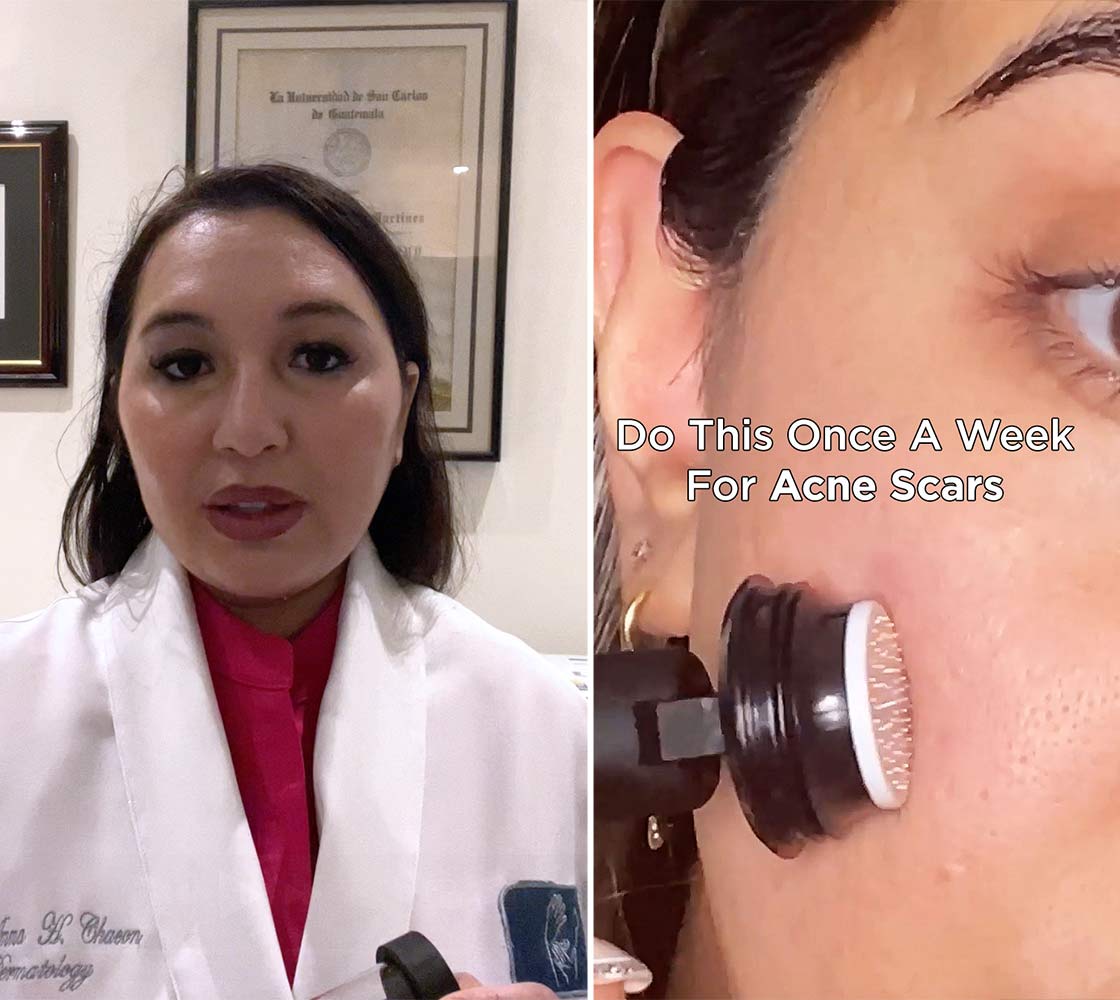


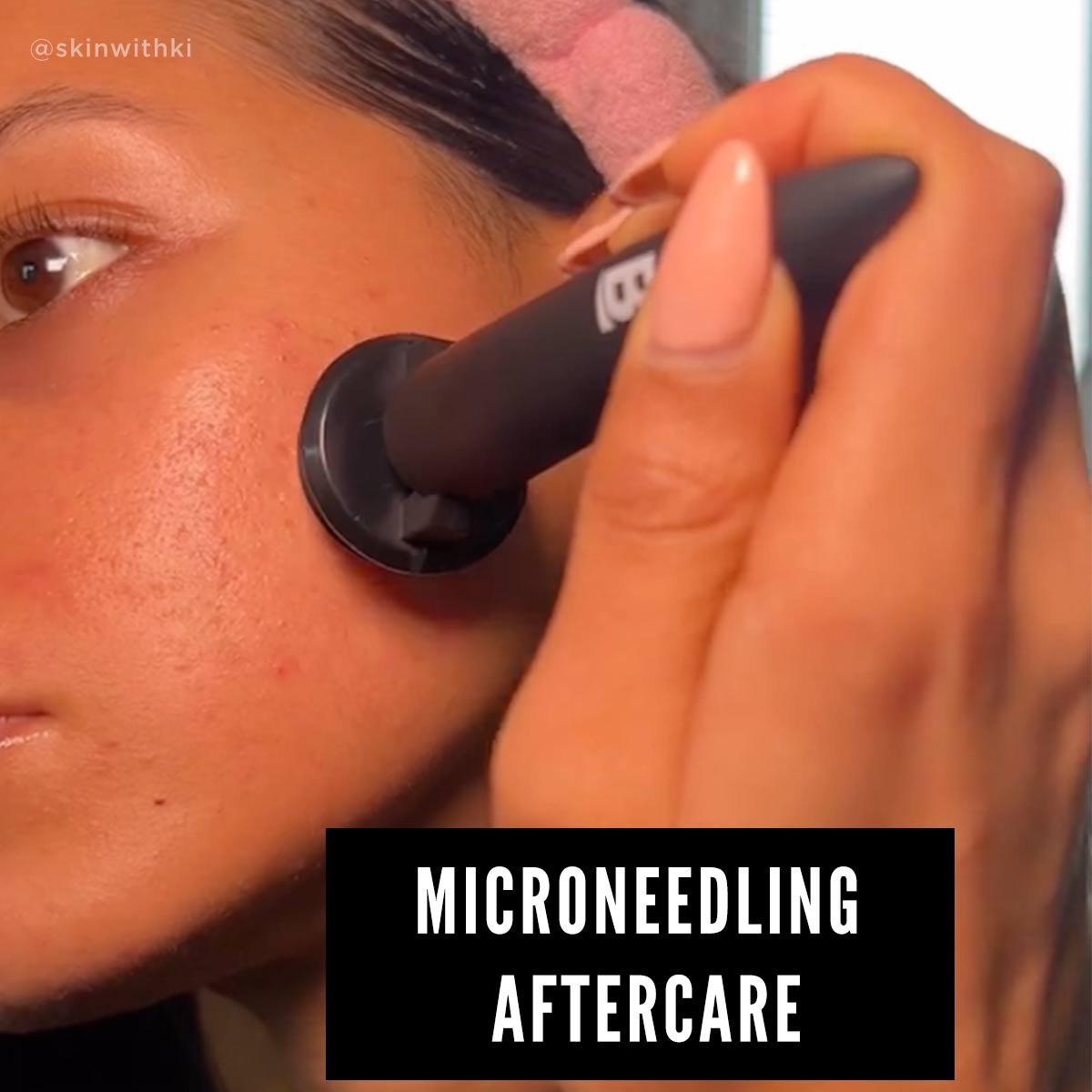
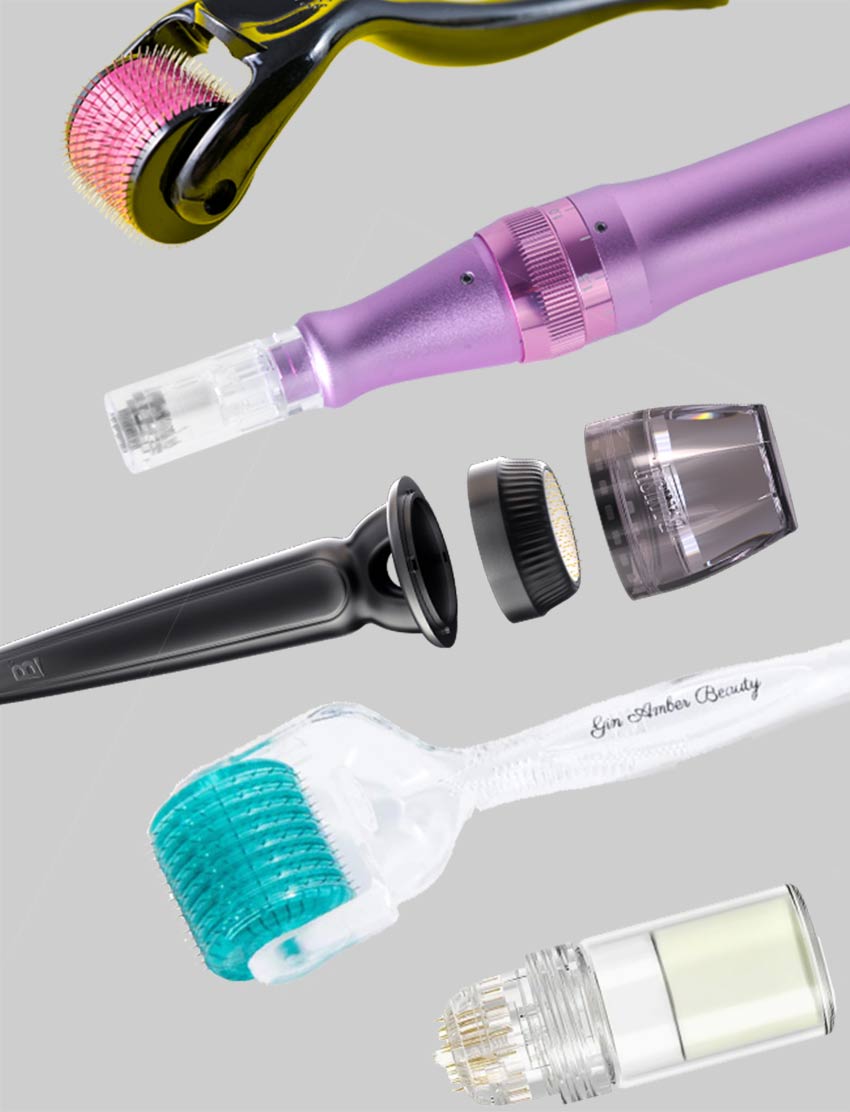

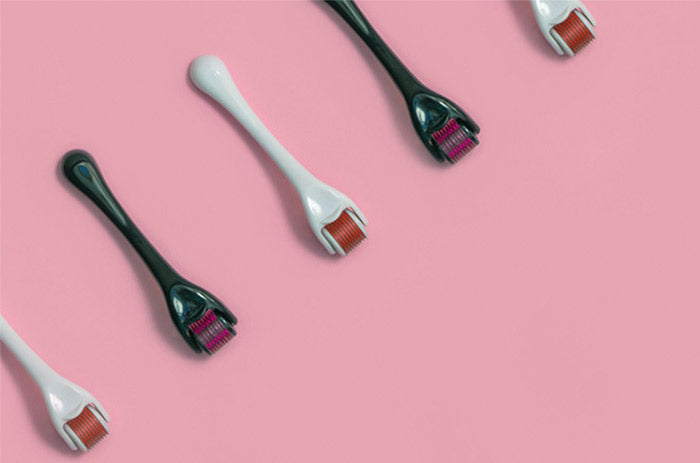
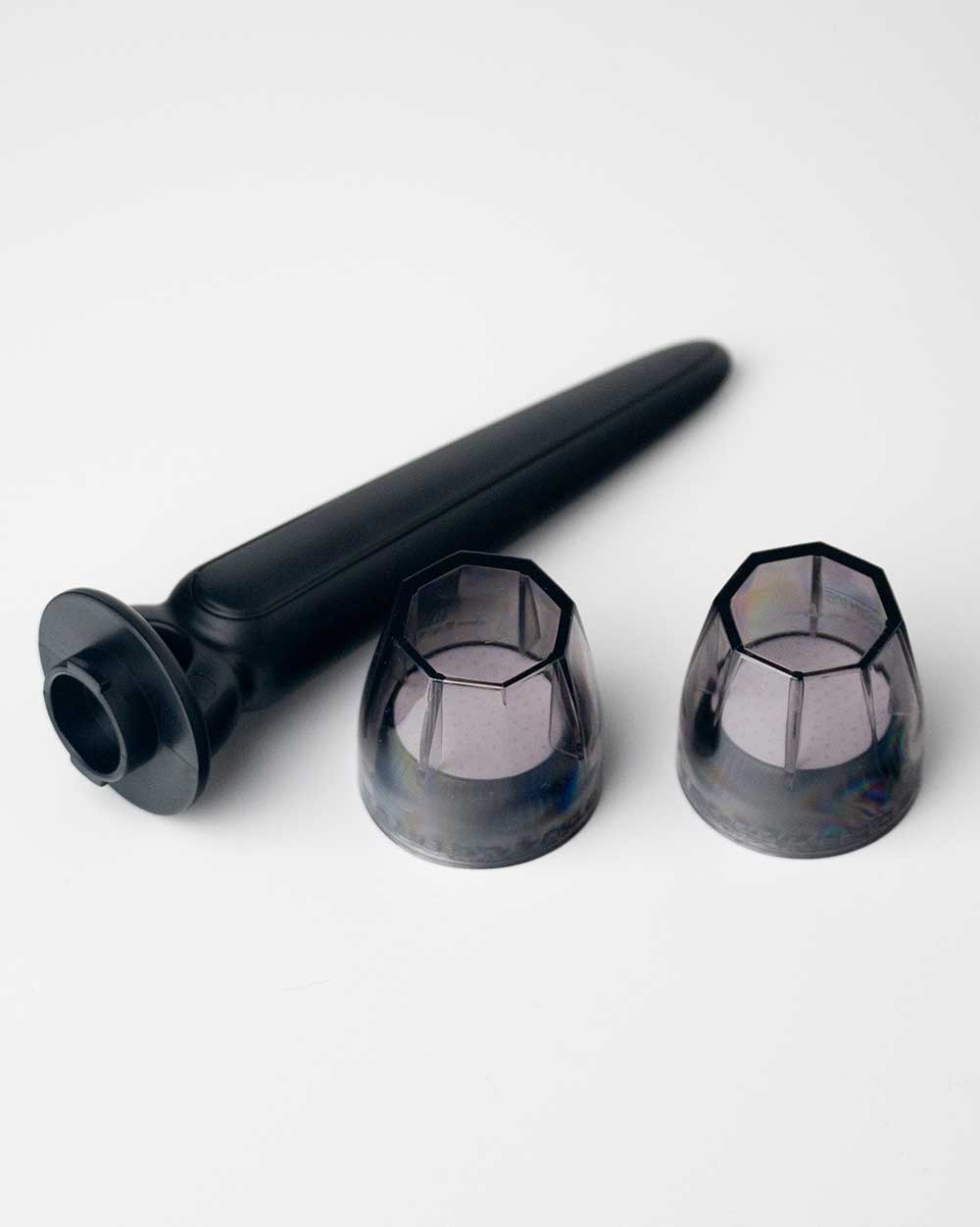
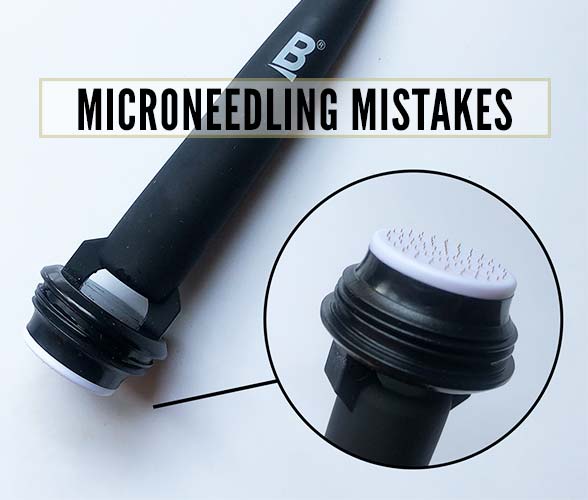

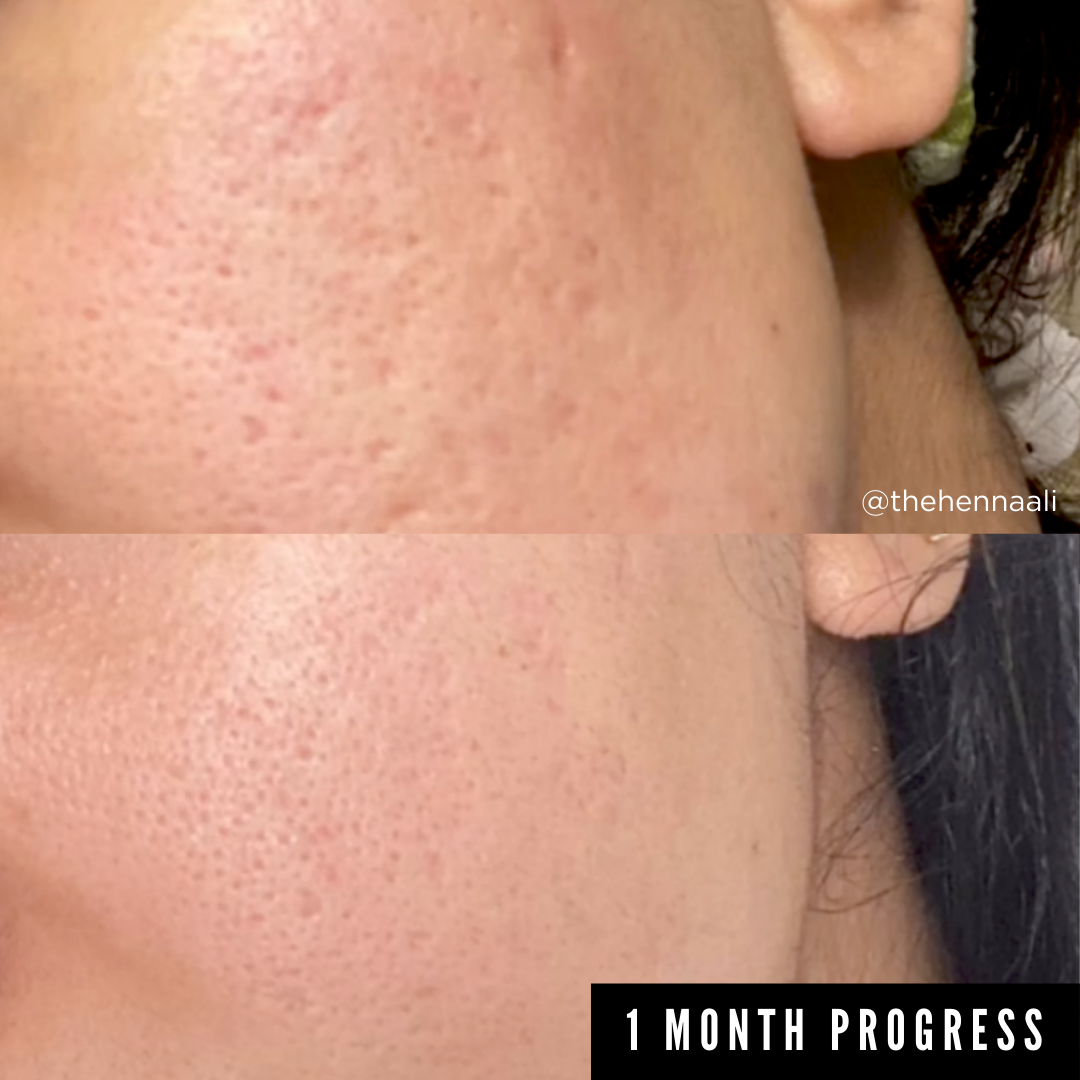
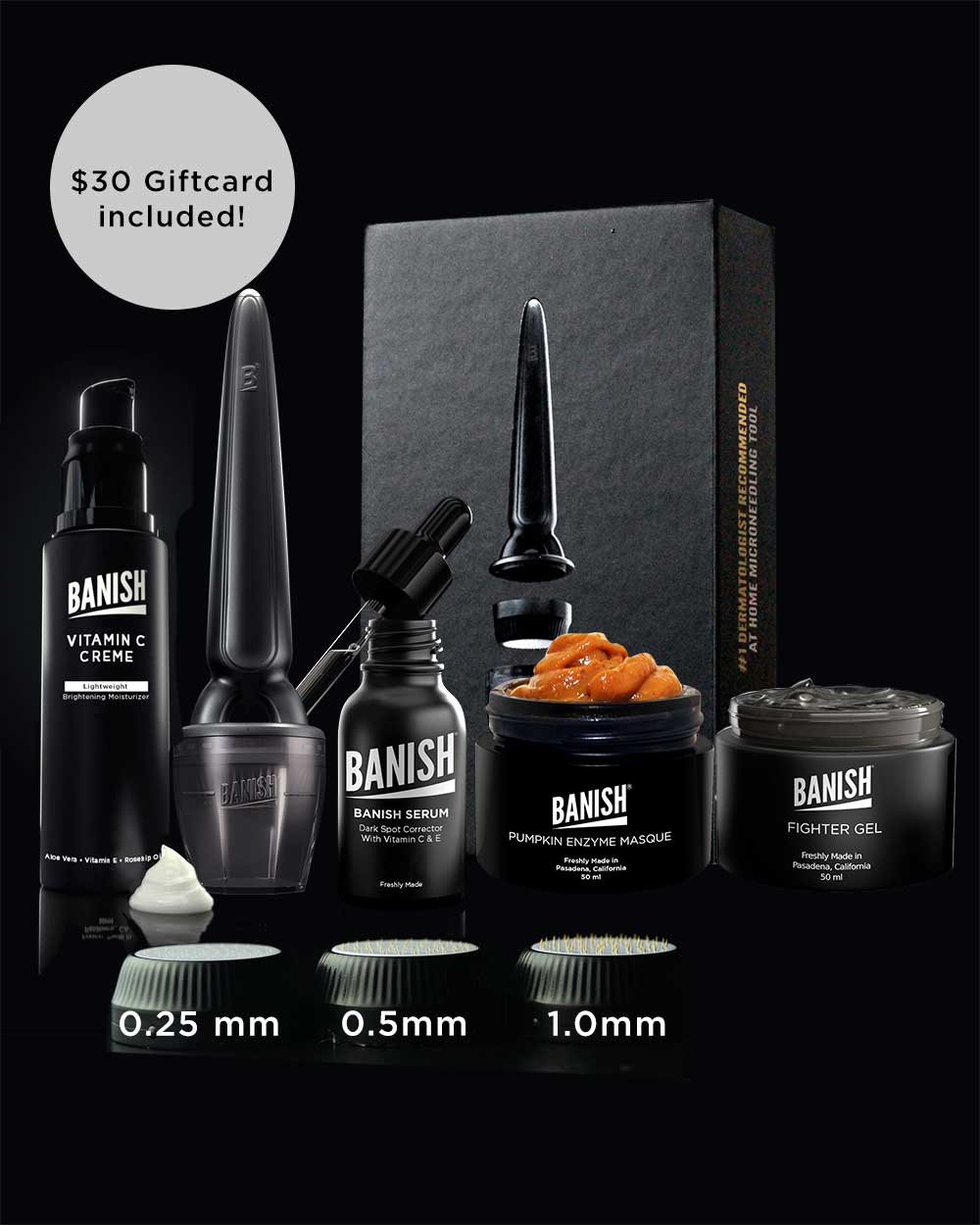
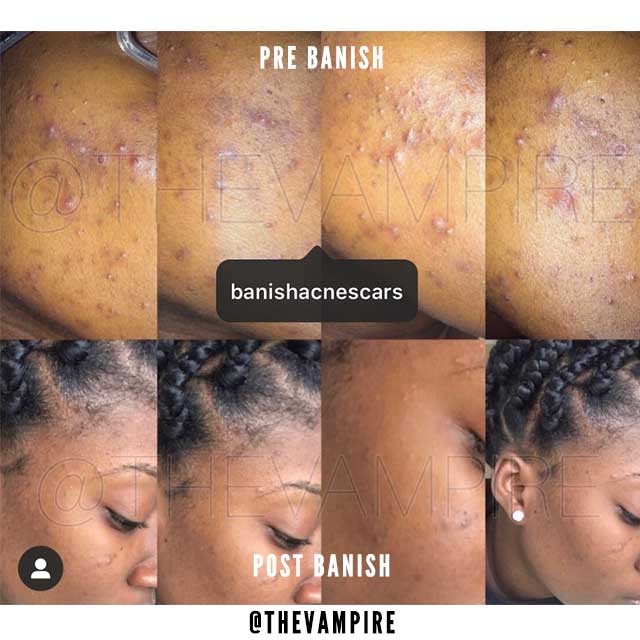
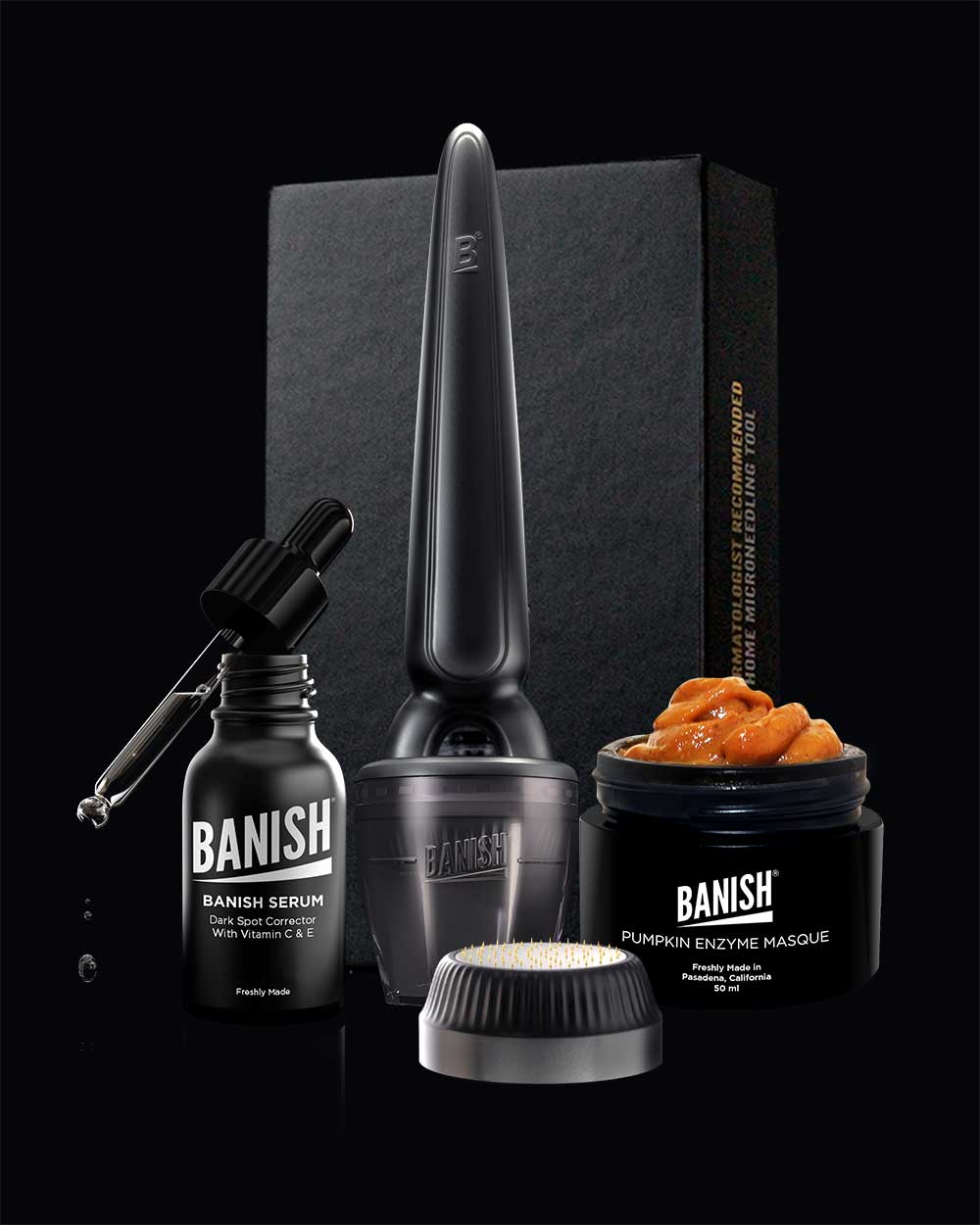

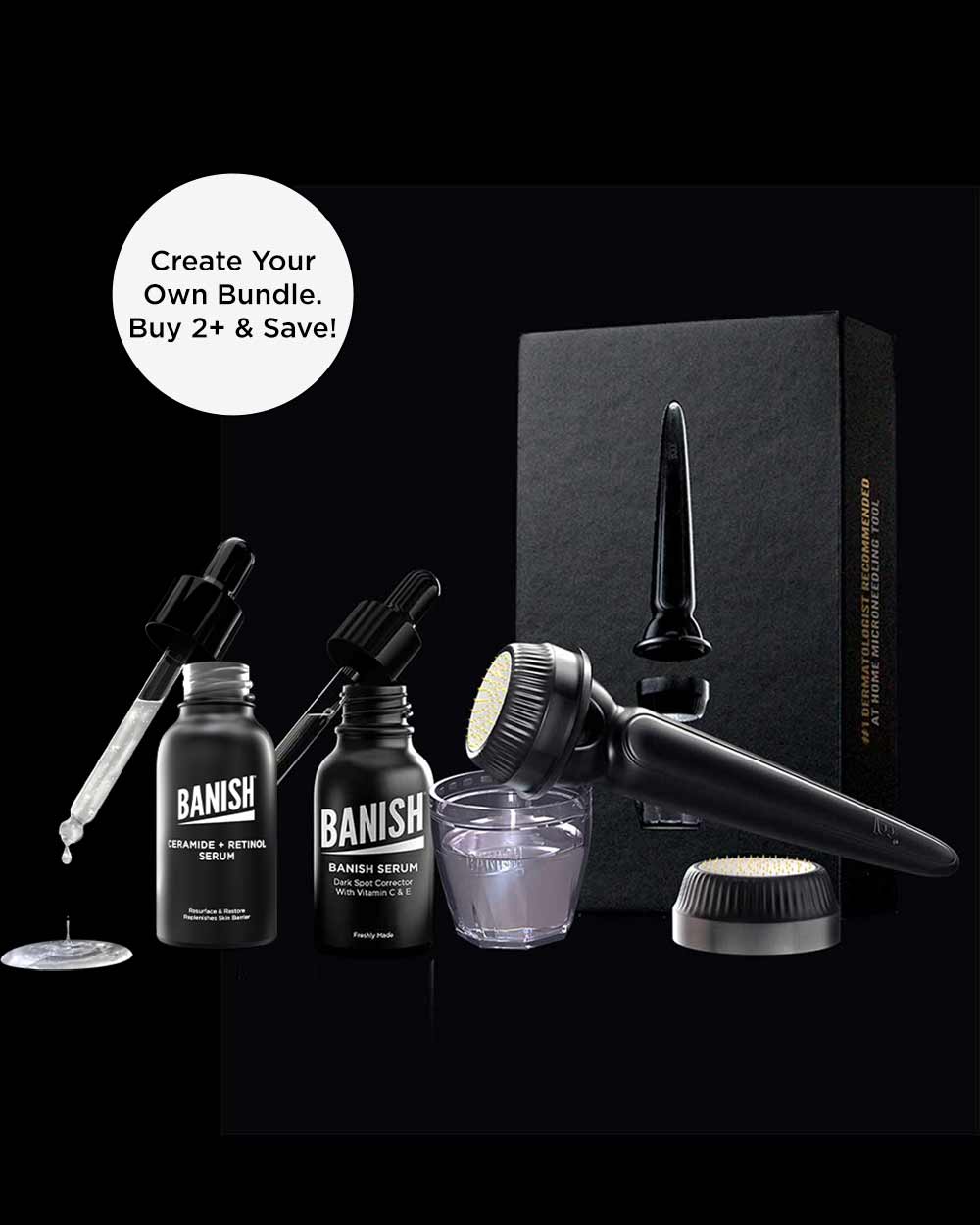
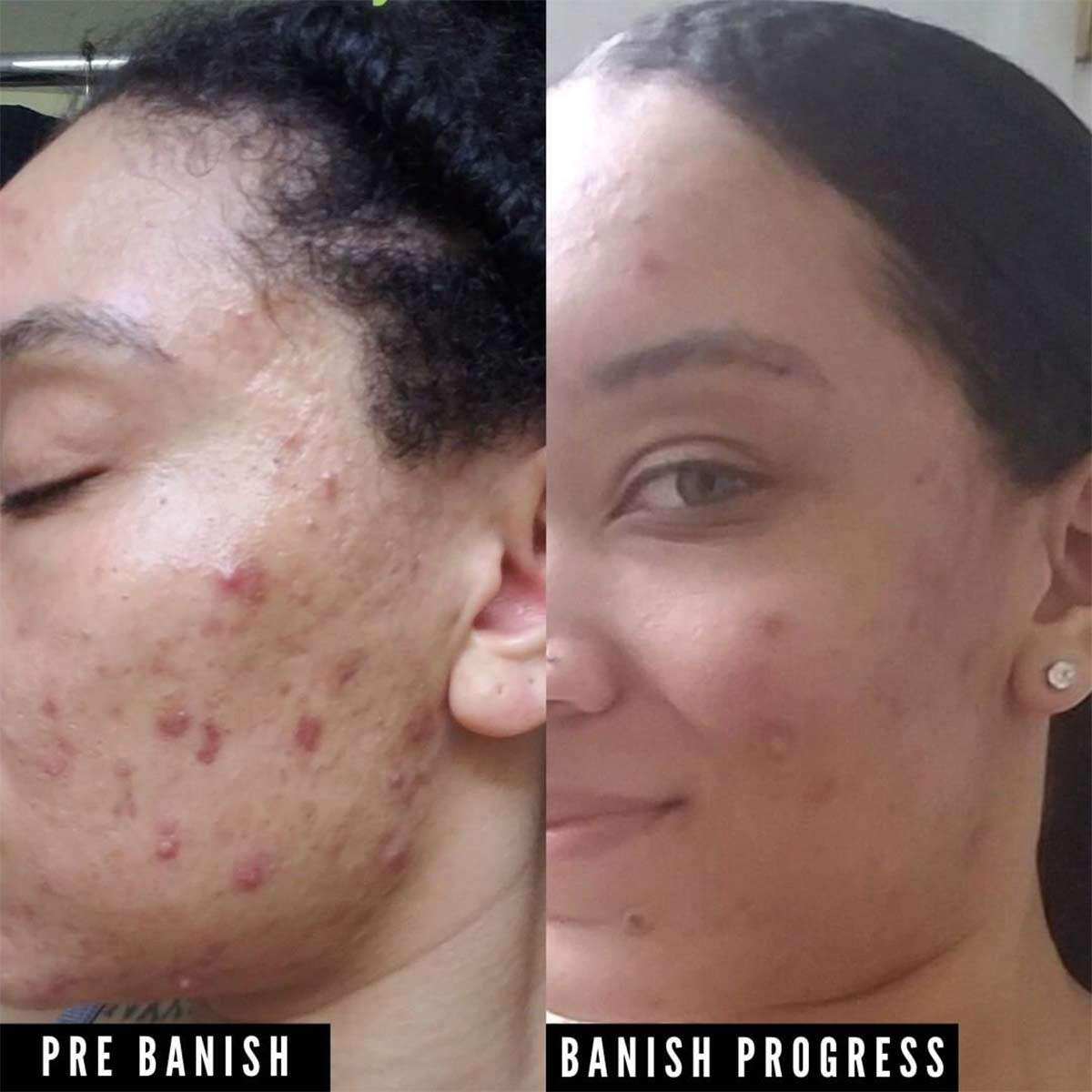
Leave a comment
All comments are moderated before being published.
This site is protected by hCaptcha and the hCaptcha Privacy Policy and Terms of Service apply.